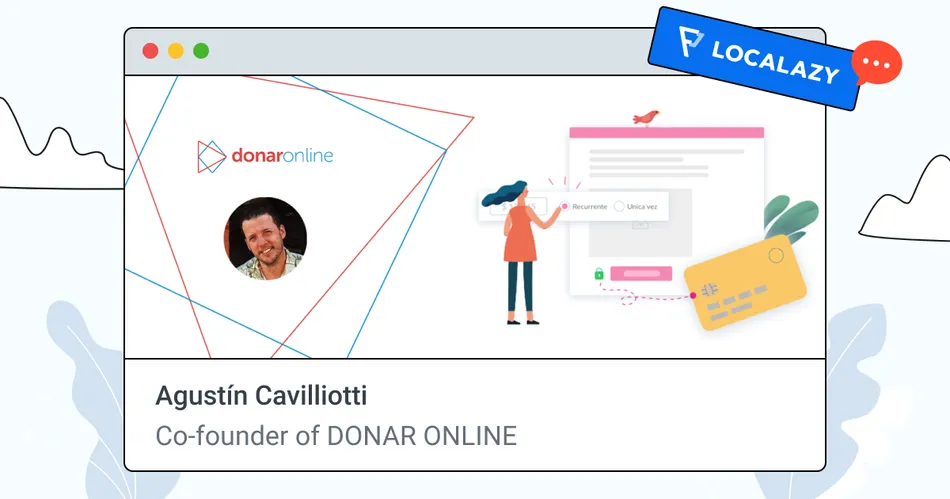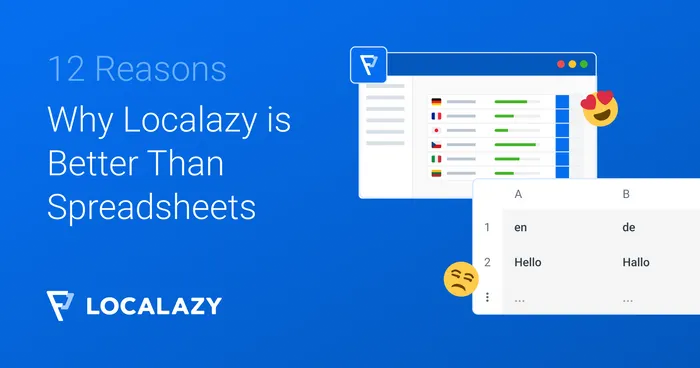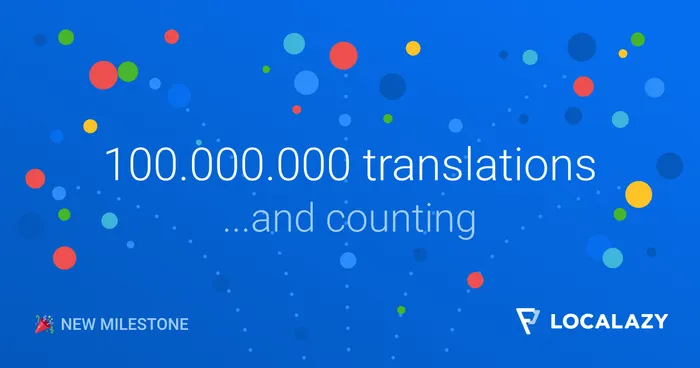Online donations have become an instrumental tool for NGOs all around the world thanks to technological advances. And in the wake of the pandemic, contributions became more crucial than ever. That's why designing an intuitive, easy-to-use donation platform has never been more vital for the common good. However, not all organizations have the luxury of counting on the time and resources needed to set up one. Donar Online offers a solution.
This platform, which fosters donations for all kinds of non-profits in Latin America, has raised 50 million dollars globally since its inception in 2013. Today we talk about solidarity, the power of blockchain technologies for NGOs, and the importance of giving back with its co-founder, Agustín Cavilliotti.
🤝 The project 🔗
Hi, Agustín! 50 million! That's impressive. How did it all come to be?
Hi there! Well, Donar Online was born thanks to another NGO called Wingu. We wanted to offer a tool for other non-profits to collect and manage their online donations safely and easily.
Interesting! So they initially fostered the platform, is that right?
Yes. I started working on Wingu 12 years ago, and the first version of Donar Online was actually created there. Around that time, I had the opportunity of joining another startup called GoodPeople, a sports marketplace for surf, skating, and snowboarding... where each brand had to support a non-profit initiative to be part of the platform. ✌️ I worked there for four years and then returned to Wingu, where I pledged to propel Donar Online further. That's when we decided to have a project with its own team and an entity in its own right.
What was the vision?
To make it easier to have and manage a fundraising strategy with individual donors, so the non-profit can focus on their mission in a real, sustainable way. 💪NGOs can create their campaigns in order to get recurring donations with credit or debit cards. They can also manage their donor database directly from the platform.
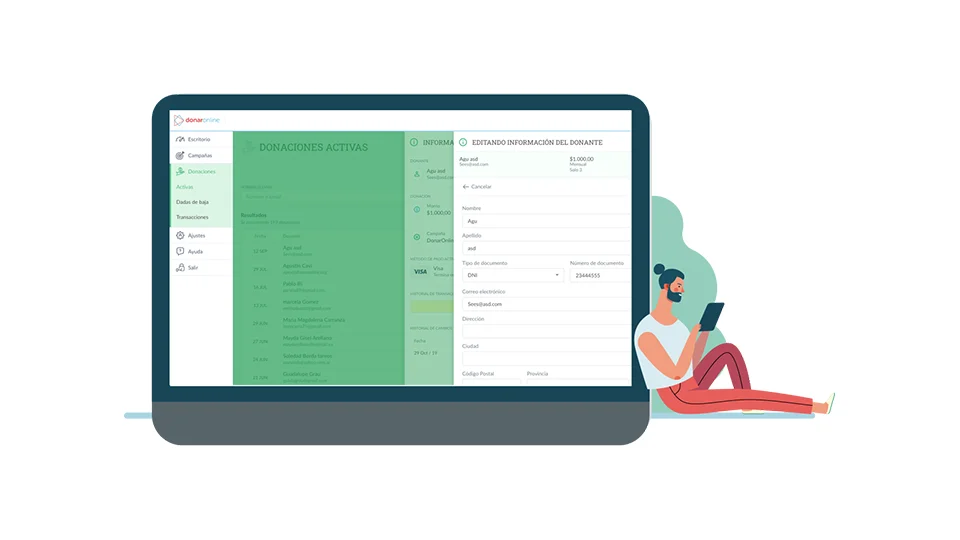
Lovely! I assume they are all non-profits from Latin America. 🌎
That's right. Currently, 4,500 organizations from 🇦🇷 Argentina, 🇲🇽 México, 🇨🇴 Colombia, 🇨🇱 Chile, 🇺🇾 Uruguay, and 🇵🇪 Perú are registered on the platform. Size doesn't really matter: they range from small to huge. A good indicator is that ACNUR Argentina and Aldeas Infantiles Uruguay also work with us.
So, once they sign up, which steps do they have to follow?
It's quite simple. To be able to get donations, the non-profit has to create a campaign and share the URL. Donors will then be able to offer an amount and add their payment method. The organization will take care of the data, and they won't be obliged to create an account in order to donate. In addition, using the platform is free for donors. In fact, it was 100% free for everyone up until 2019.
The goal is to make it easier to manage a fundraising strategy with individual donors, so the non-profit can focus on their mission in a sustainable way
Have you noticed particular issues or needs that garner more interest?
Historically, there are more organizations taking care of poverty, child malnutrition, human rights (refugees and more), animal rights, and environmental issues, but the platform honestly covers it all.
Do you think technology has been helping to create awareness over the last decade?
Definitely, people are more aware of all the gaps that the system - or governments, for that matter - cannot fill. Technology has shone a light on those who work on non-profit endeavors 👐 and on the fact that it is crucial to help if we want certain projects to survive.

🔍 Profitability for non-profits 🔗
It's time for the dreaded question... How is your product funded?
Ha! We bootstrap. As a non-profit, it is not so easy or clear how to approach funds. We understand (because we experience it) the struggle to get financial support to move forward. But, first and foremost, we like to work with other non-profits and build useful tools with them, FOR them.
Non-profits that raise money in the platform get over 90% of the total collected amount. Donar Online deducts 2.7% of all procesed donations
Any long-term goal in mind regarding profitability? 📈
We are currently reviewing the best way to accelerate our current roadmap.
What does success look like for your company?
We want to be able to have the lowest fee possible to offer a useful product for the non-profits that work with us. As we integrate with different payment gateways in each country, it is possible for an organization to be able to process a donation on different gateways if any of them is rejecting the payment, which allows us to improve the approval ratio.
You've been active in the non-profit sector for nearly ten years. How has the tech landscape evolved? Any accomplishment you're especially proud of?
Back when we started, Argentina didn't have any platform to collect and process donations, just eCommerce sites. We can say that we were first: we found a solution, and we've been improving it quarter by quarter. 😊🏆 Today, any organization can choose multiple payment options in Donar Online to optimize collection. We've been able to offer this solution in other Latin American countries, and we'd like to continue our quest in new countries where it's needed.
We are also proud of being a non-profit: that makes us empathetic with the rest of the NGOs, so we can understand the challenges and problems we face regarding financial sustainability.
Do you think the drive for entrepreneurship is something people are either born with or not, or is it something that can be taught?
I think that everybody has ideas that they'd like to materialize. However, not everyone is lucky enough to have the proper conditions to be able to take risks.
💸 Crypto and the future of NGOs 🔗
Let's talk about risks, then. What are Donar Online's biggest challenges?
The fluctuations in Latin American economies. This means that we need to ensure that our incomes come from different countries in order to be as stable as we can be and ensure an excellent working environment for our team. ⚖️
If you could start again with your product, what would you do differently from today's perspective?
Mmm, not sure. Maybe be more integrated with crypto-related stuff. 🤔 Mainly because of the potential it has for some of the challenges that we are working on right now.
Interesting. Care to elaborate?
Sure! One of the challenges we currently have is being able to efficiently transfer donations from other countries with strong currencies, like the US, Canada, Australia, New Zealand, or the EU, to Latin American organizations.
Part of the problem is that regulations in some countries have an official (fx) and an unofficial exchange rate for certain operations. 💱 We are currently working with crypto on-ramp services in order to get the donation in the original currency so that we can off-ramp it effectively on the country in the most convenient way for the NGO. The final goal is to ensure that the total donation amount comes through. 💰
One challenge is being able to efficiently transfer donations from countries with strong currencies. Crypto on-ramp services help us with that. The final goal is to ensure that the total donation amount comes through
As you're based in several countries, how does bureaucracy impact you?
We're currently registered as an NGO in Argentina, Mexico, and Colombia. We plan on doing so in other countries to ease up processes because it's difficult to operate if you don't happen to have a partner. Borderless technologies would ultimately help donations to reach organizations fully. 💻 🌐
Is that what you predict for the future of your sector? What do you think it'll look like in 10 years?
Hopefully, we will have a borderless way of helping each other from different parts of the world thanks to blockchain. I also believe that this will improve one-to-one support.
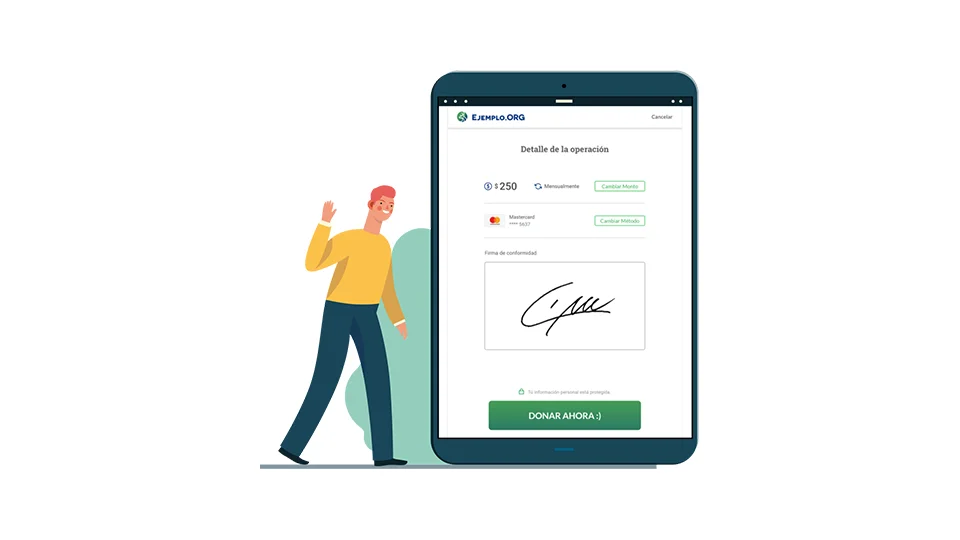
What are your next steps and future plans?
Keep improving our payment flows and releasing new tools on the campaign and acquisition sides. Plus, making our API public in order for other NGOs to build on top of that.
🧩 Integrating Localazy 🔗
Would you like to highlight some services or products you really like to use on your own?
We are very lucky that some companies show up for the non-profit ecosystem. 🙏Localazy is one of them, but also Contentful, GitHub, Sqreen, AWS, and Slack... just to name a few. Without their support, everything would be harder to achieve.
What was your motivation for localization?
We were only available in Spanish, and we wanted to expand to Brazil. We thought that improving our language support for everyone wasn't that bad of an idea. 💭 We reviewed a bunch of tools and Localazy seemed very well fitted to our needs.
The reviewing, context and glossary features in Localazy helped us get everyone involved to understand where we were at every stage
What did you like the most about us?
Localazy is very easy to integrate with YAML files, on which our system is based. You can add team members without extra charges. 👏 This made a huge difference for us, as we got help from volunteers! Also, the reviewing, context, and glossary features helped us get everyone involved in the process to understand where we were at every stage. And last but not least: the way your team supported us and reached out was super friendly and amazing!
Thank you so much! 🤗 We're glad to have you on board. Is there something else you'd like to add?
Thanks for all the support and help! You really built an amazing product!
Feeling inspired to help? You can do so right now! "Your help can make a difference for any project. Check the ones within your community and make a move! Don't wait for others to do it for you", says Agustín. We couldn't have worded it better!
🏆 Get featured on the Localazy Blog 🔗
Do you love Localazy? Would you like to share your own success story? Head to the community section and apply for an interview now! We will promote your product on our blog, and you can get rewarded for it! 😉
Get featured on the blog - answer our questionnaire in the community section to get the ball rolling!
